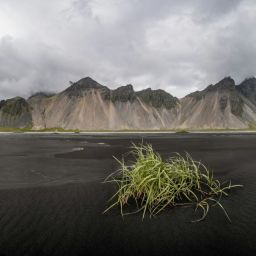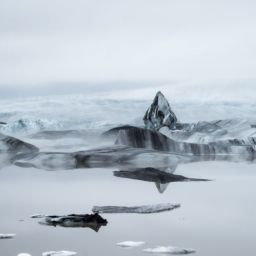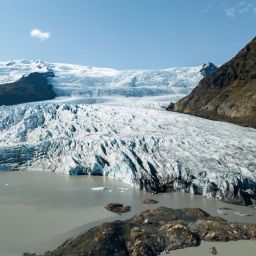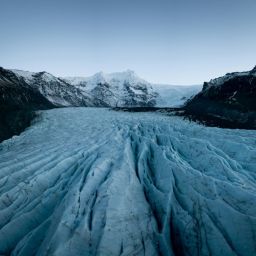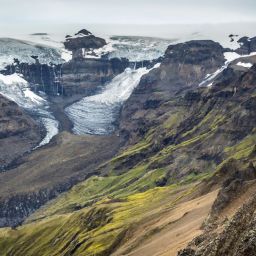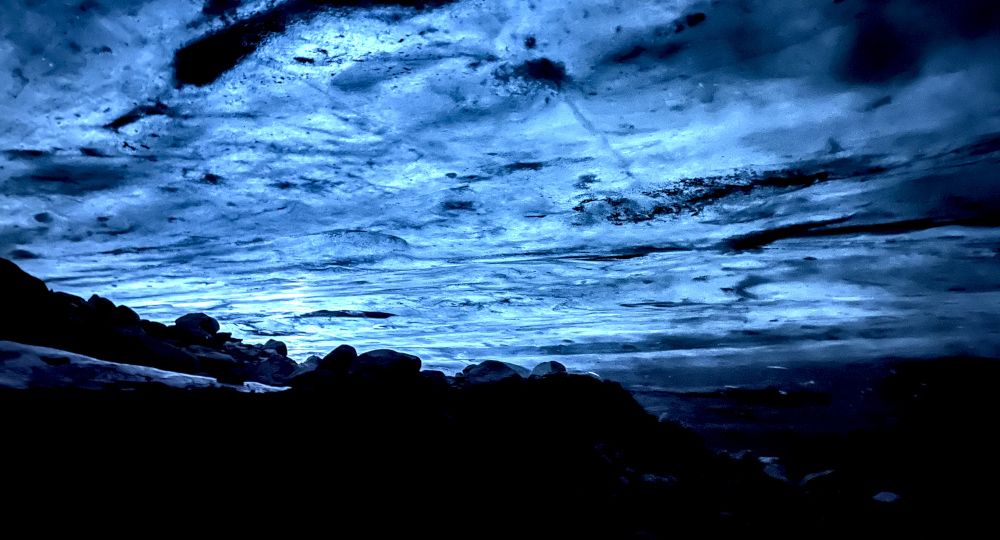
As our operation is growing, we would like to regularly share some of the essential knowledge you need to know about the nature and surroundings in Vatnajokull National Park.
Since the beginning of November, we have been busy, leading groups to the wonderful Sapphire Ice Cave located on Breidamerkurjokull glacier outlet. Our goal is to provide the best possible experience and make you feel closer with elements. We have prepared some interesting information and facts about ice caves located here in Iceland. We hope you will find the reading informative and enjoyable!
Iceland, with its stunning and diverse landscapes, is home to some of the world’s most mesmerising ice caves. These natural wonders are sculpted by the forces of nature and offer a unique and ethereal experience for those who venture into their crystalline depths.
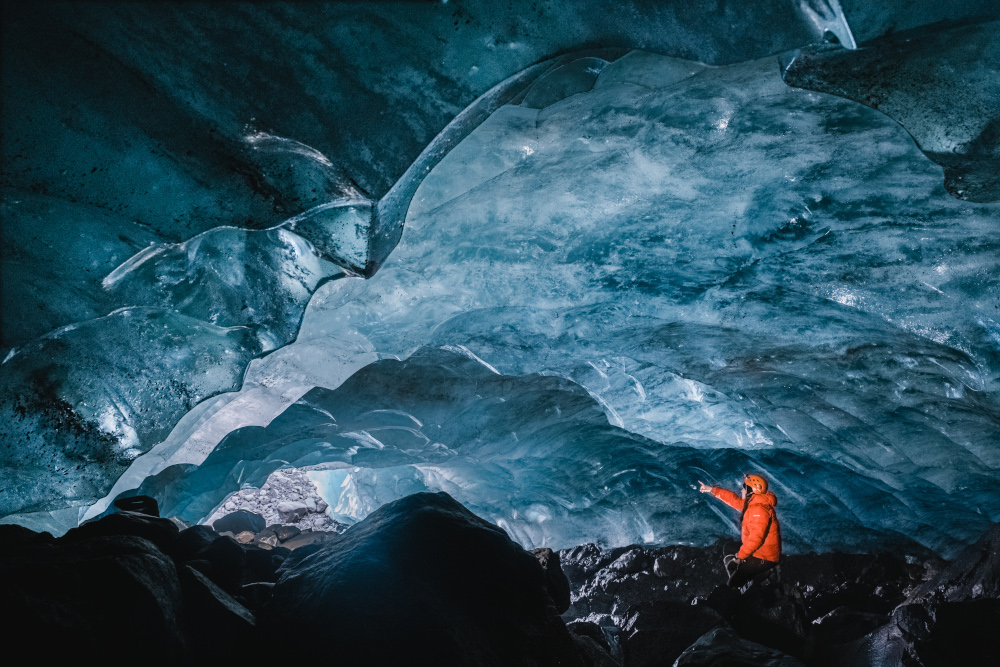
How are ice caves formed?
Ice caves in Iceland are primarily formed within glaciers, created by the melting and reshaping of glacial ice. The interplay of meltwater and ice dynamics results in the formation of intricate constantly changing cave systems.
Where in Iceland do you find ice caves?
Vatnajökull Glacier is situated in the southeast part of Iceland, Vatnajökull is the largest glacier in Europe and a hotspot for ice cave exploration. Several ice caves, each with its distinct characteristics, can be found within Vatnajökull National Park. Langjökull Glacier is located in the west-central part of Iceland. Langjökull is the second-largest glacier in Iceland. At Langjokull you will also find an impressive man-made ice cave called Into the Glacier.
When are ice caves accessible?

Ice caves in Iceland are mostly accessible during the winter months when the temperatures drop, and the ice solidifies, providing a safe environment for ice cave explorations. The caves vary in size, shape, and colours, creating a dynamic and ever-changing landscape. Access to ice caves is often subject to weather conditions and the stability of the glacier. Visitors should check with local tour operators for the latest information on cave accessibility and safety guidelines.
Why are some ice caves blue?
One of the most enchanting features of Icelandic ice caves is the occurrence of vibrant blue ice. This phenomenon is attributed to the compression of ice over centuries, resulting in the expulsion of air bubbles and the absorption of sunlight, giving the ice its distinctive blue hue.
Why join a guided tour?
Due to the dynamic nature of glaciers and the potential risks associated with ice cave explorations, guided tours are recommended. Experienced glacier guides lead visitors safely through the caves, providing insights into the geological processes and the unique characteristics of each cave.
Why should you book an ice cave tour?
Exploring ice caves in Iceland offers a once-in-a-lifetime experience. Visitors can witness the play of light on the ice, hear the creaks and groans of the glacier, and marvel at the otherworldly beauty that nature has crafted over millennia. Iceland’s ice caves stand as testament to the raw power and beauty of nature. These subglacial marvels invite intrepid explorers to witness a world of crystalline wonders, where each cave tells a unique story of the ever-changing ice landscapes on this captivating Nordic Island. Whether it’s the ethereal blue ice or the sheer scale of the glacial formations, ice cave adventures in Iceland promise an unforgettable journey into the heart of one of Earth’s most awe-inspiring environments.
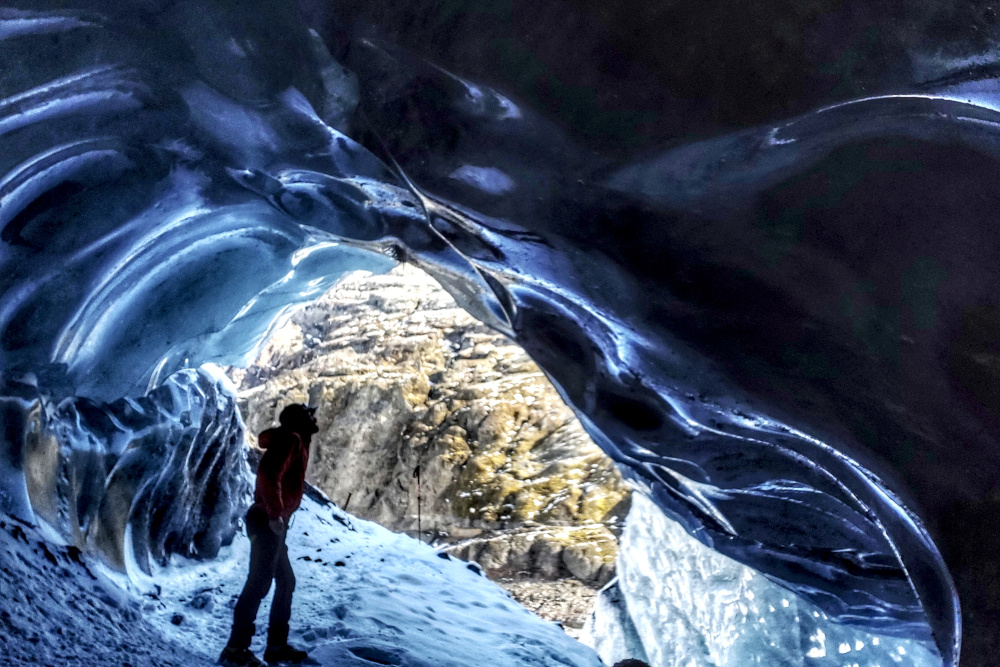
Make sure you book your tour with us and get ready for a unique experience in our beloved area of Vatnajökull National Park. Check out our blog, Instagram and Facebook account to learn more about us and the terrain we guide in!
Check the excursions organized by our tour company:






